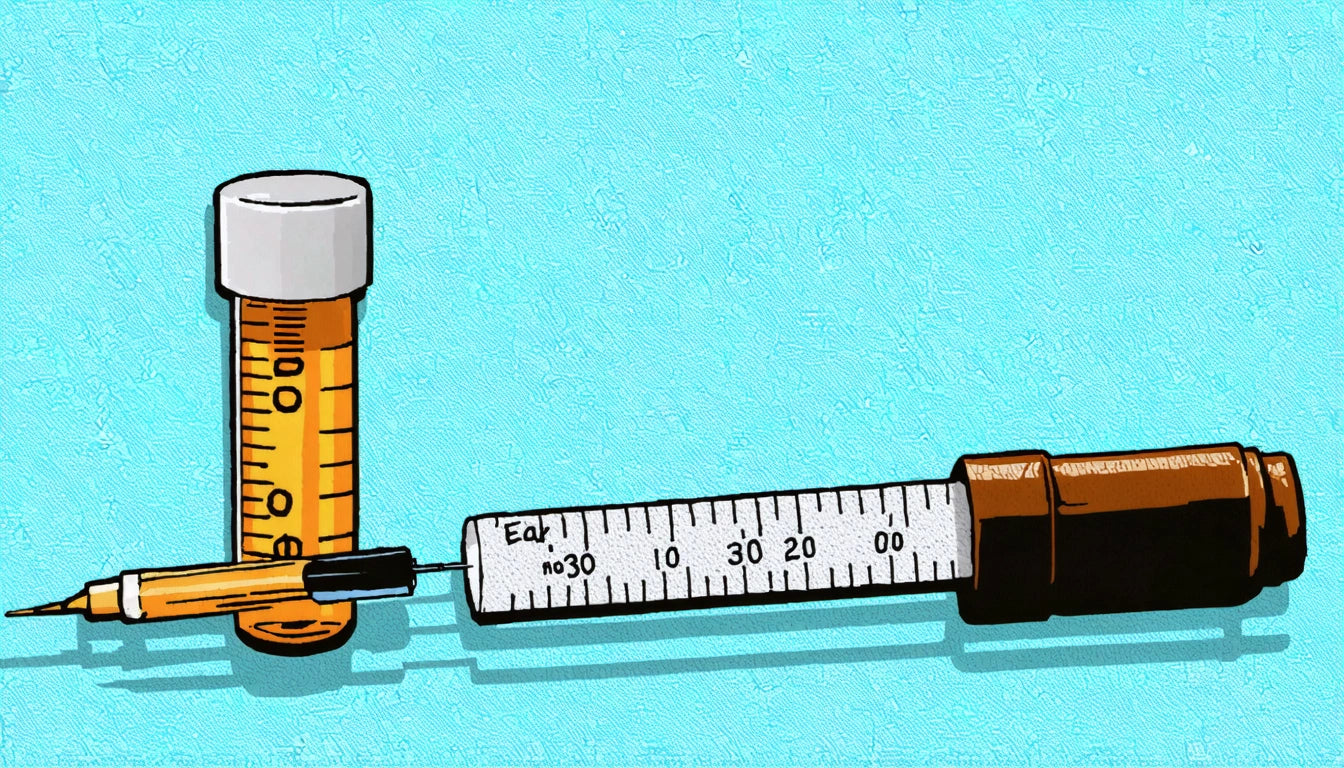Understanding What Cultivators Do: A Comprehensive Guide
Cultivators are essential tools for gardeners and agricultural professionals alike, serving multiple functions in soil preparation and maintenance. Whether you're working with ornamental plants, vegetables, or cultivating cannabis, understanding what cultivators do and how to use them properly can significantly improve your growing results.
What Are Cultivators: Types and Functions
Cultivators are versatile gardening tools designed to break up soil, remove weeds, and aerate growing areas. They come in various forms, from small hand-held tools to larger motorized equipment.
Common Types of Cultivators
- Hand Cultivators: Small, manual tools with prongs for precision work around established plants
- Wheel Cultivators: Push-type tools with wheels and tines for medium-sized gardens
- Power Cultivators: Gas or electric-powered machines for larger areas and tougher soil
- Tractor-Mounted Cultivators: Heavy-duty attachments for agricultural use
Each type serves specific purposes, but they all share the primary function of soil management. For cannabis growers specifically, cultivators help create the ideal growing medium as outlined in this comprehensive guide for beginners.
Benefits of Using Cultivators in Your Garden
Understanding what cultivators do helps appreciate their value in the growing process:
- Improve soil aeration, allowing roots to access oxygen
- Break up compacted soil for better water penetration
- Disrupt weed growth without damaging desired plants
- Incorporate amendments evenly throughout the soil
- Prepare seedbeds for optimal germination conditions
When properly used, cultivators reduce the need for chemical interventions and promote healthier plant development. This aligns with sustainable growing practices discussed in guides about caring for plants naturally.
How to Use a Cultivator Effectively
Learning how to use a cultivator properly ensures maximum benefit while minimizing plant damage:
Preparation Steps
- Clear the area of large debris and rocks
- Mark plant locations or rows to avoid damage
- Check soil moisture; slightly damp soil works best
- Adjust cultivator depth settings if available
Operating Techniques
When operating a power cultivator:
- Start at a slow speed and increase gradually
- Maintain a consistent depth, usually 2-4 inches
- Work in straight lines or gentle curves
- Make multiple passes for heavily compacted soil
- Keep the machine level for even cultivation
For wheel cultivators, maintain steady pressure and consistent speed. The goal is to break up the soil without pulverizing it completely, as some soil structure benefits plant growth.
When preparing growing containers, proper cultivation pairs well with appropriate container sealing. We offer various closure options for cultivation containers that help maintain ideal growing conditions after soil preparation.
Hand Cultivator Techniques for Precision Work
Understanding how to use a hand cultivator is essential for detail work around established plants:
Proper Hand Cultivator Grip and Stance
- Hold the handle firmly but not tensely
- Position yourself close to the work area
- Use your body weight rather than arm strength
- Work from a comfortable position to avoid back strain
Precision Techniques
For effective hand cultivation:
- Insert tines at a 45-degree angle away from plants
- Pull toward yourself with gentle pressure
- Work in small sections around plant bases
- Avoid disturbing shallow roots of established plants
- Use circular motions for stubborn weeds
Hand cultivators excel at precision work between rows of seedlings, as mentioned in the guide to caring for seedlings. They allow for careful soil management without disturbing delicate young plants.
Maintenance Tips for Longevity
Proper maintenance ensures your cultivator remains effective:
- Clean soil from tines after each use
- Apply light oil to metal parts to prevent rust
- Check for loose bolts or connections regularly
- Sharpen dull tines when necessary
- Store in a dry location
For power cultivators, follow manufacturer guidelines for engine maintenance. Regular care extends tool life and ensures consistent performance when you need it.
Specialized Cultivator Applications for Cannabis Growers
Cannabis cultivation presents unique requirements where cultivators prove particularly valuable:
- Creating aerated soil mixes that promote robust root development
- Maintaining optimal soil structure during vegetative growth phases
- Incorporating amendments like perlite, vermiculite, or compost
- Managing cover crops in outdoor cannabis operations
- Preparing beds for seasonal rotations
For indoor growers, hand cultivators help maintain container soil health between growth cycles. This practice supports the comprehensive approach detailed in growing cannabis from seeds.
Whether you're a commercial grower or home gardener, understanding what cultivators do and how to use them effectively transforms your ability to create and maintain optimal growing conditions. With proper technique and regular maintenance, these versatile tools become indispensable assets in your cultivation toolkit.











Leave a comment
All comments are moderated before being published.
This site is protected by hCaptcha and the hCaptcha Privacy Policy and Terms of Service apply.